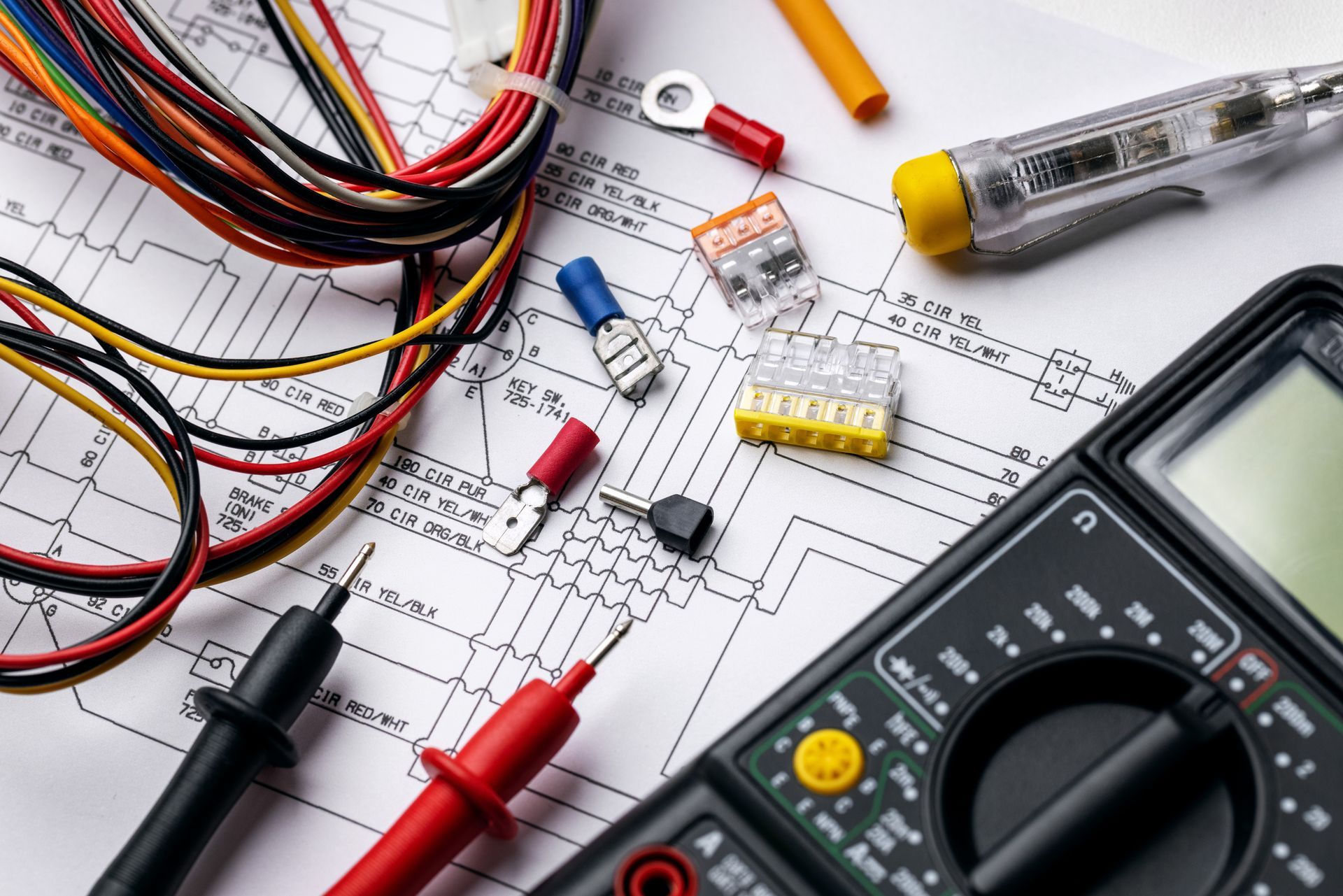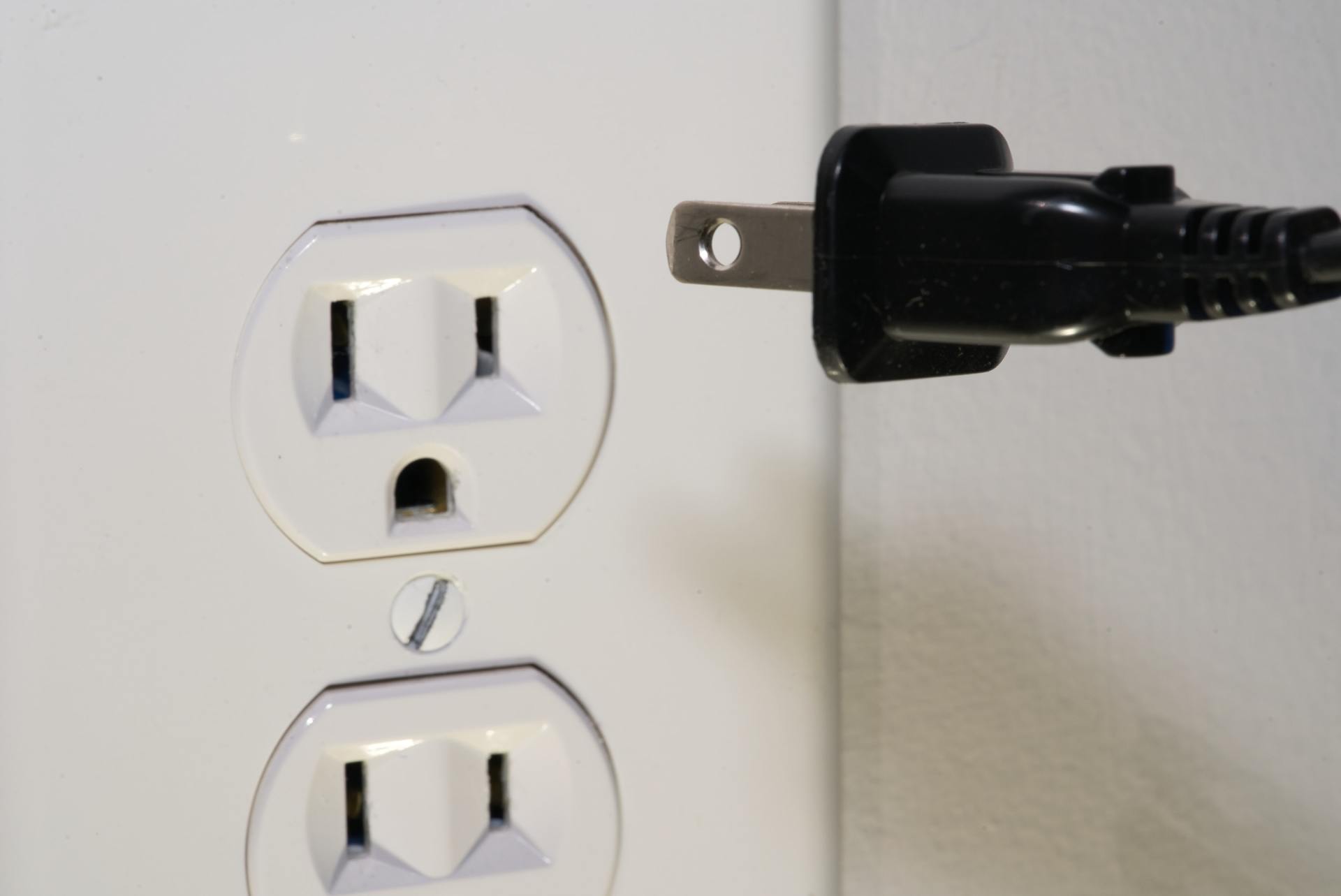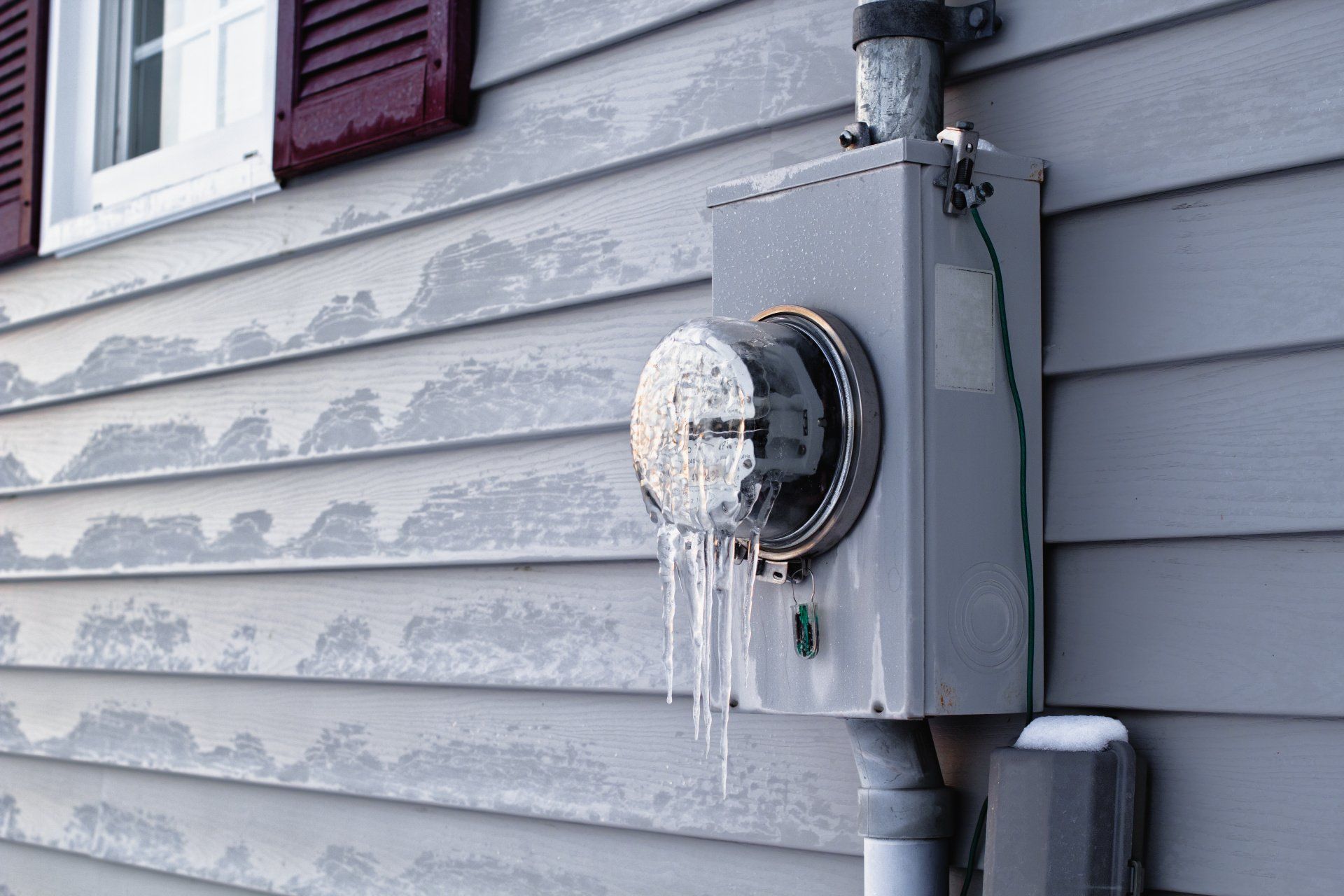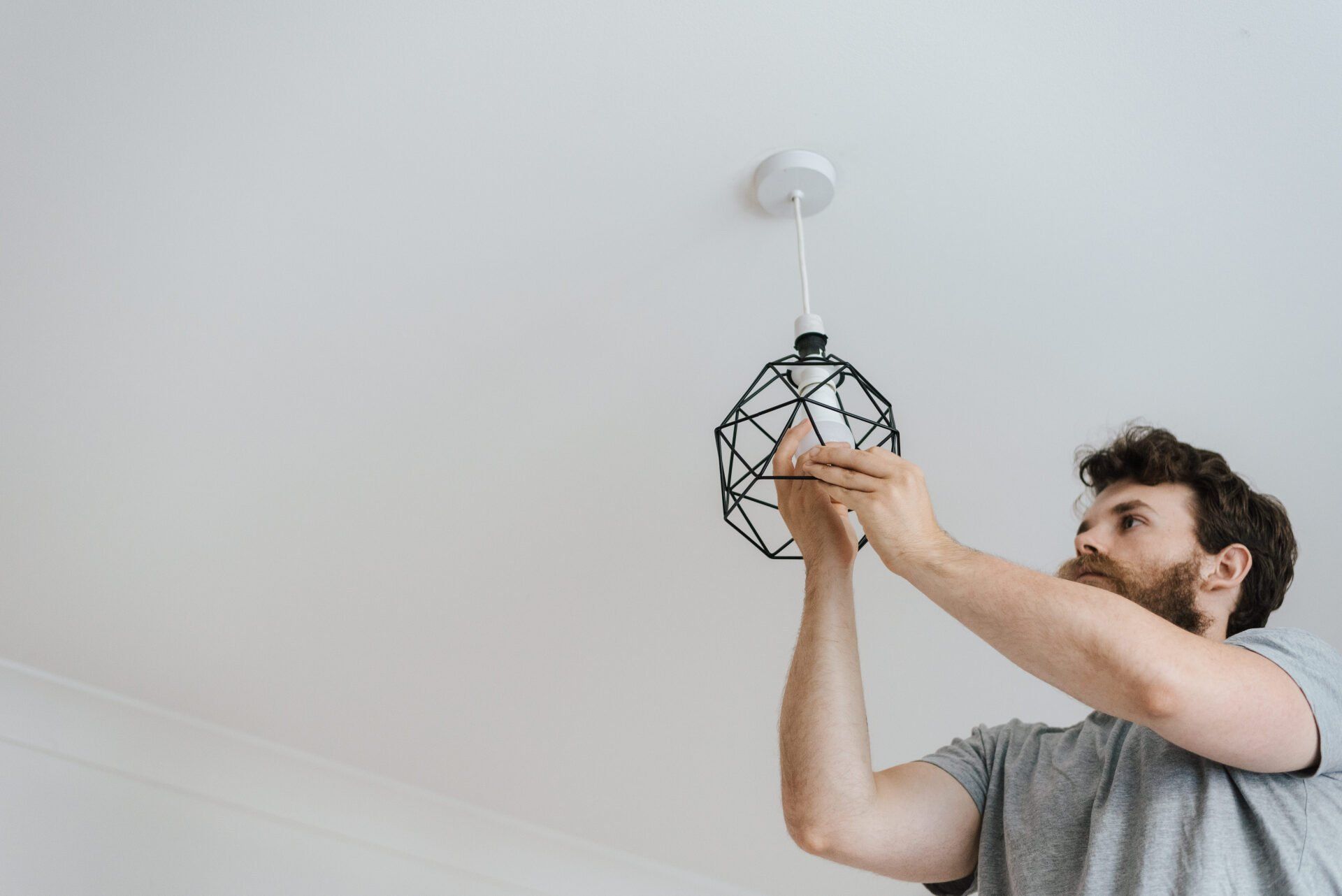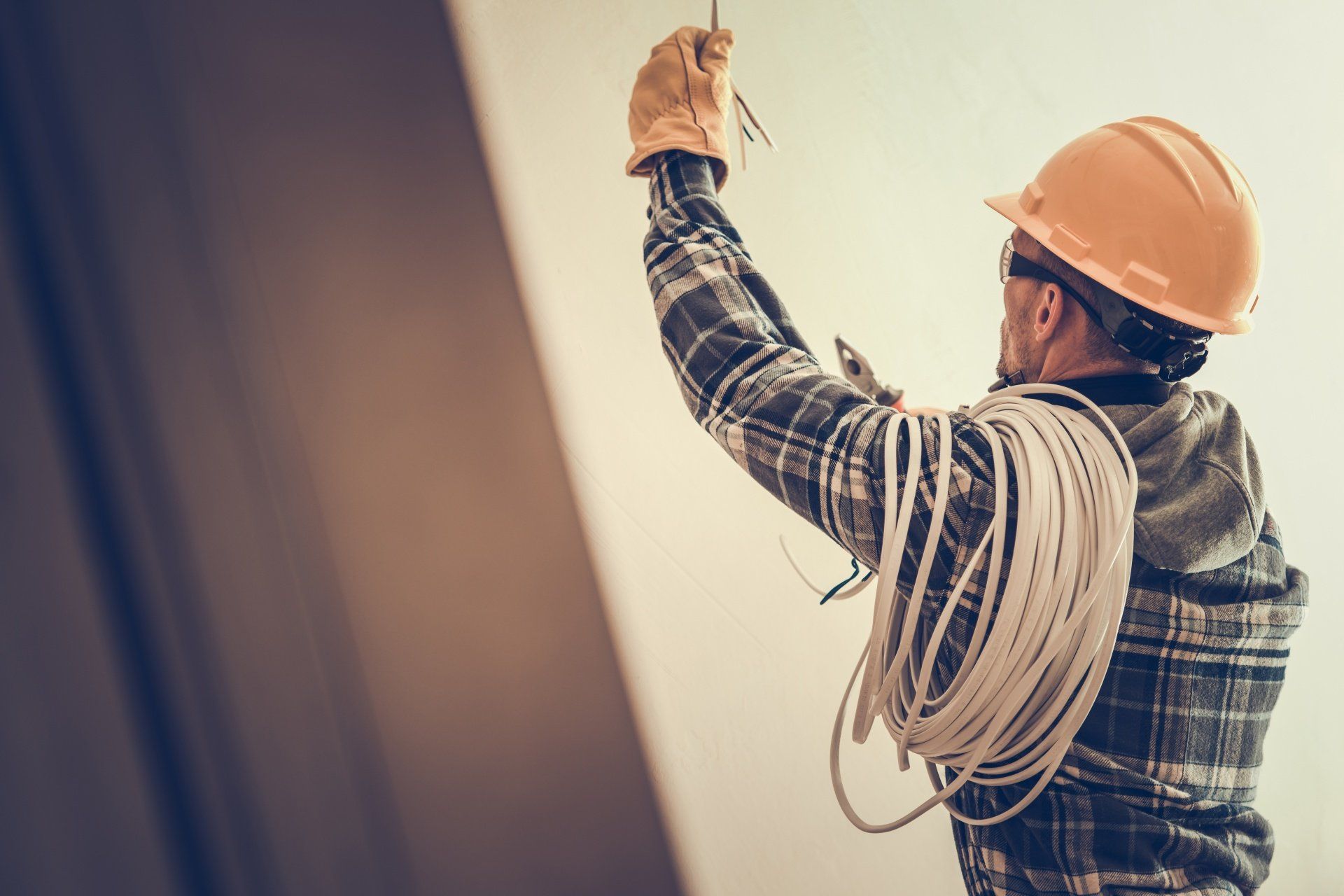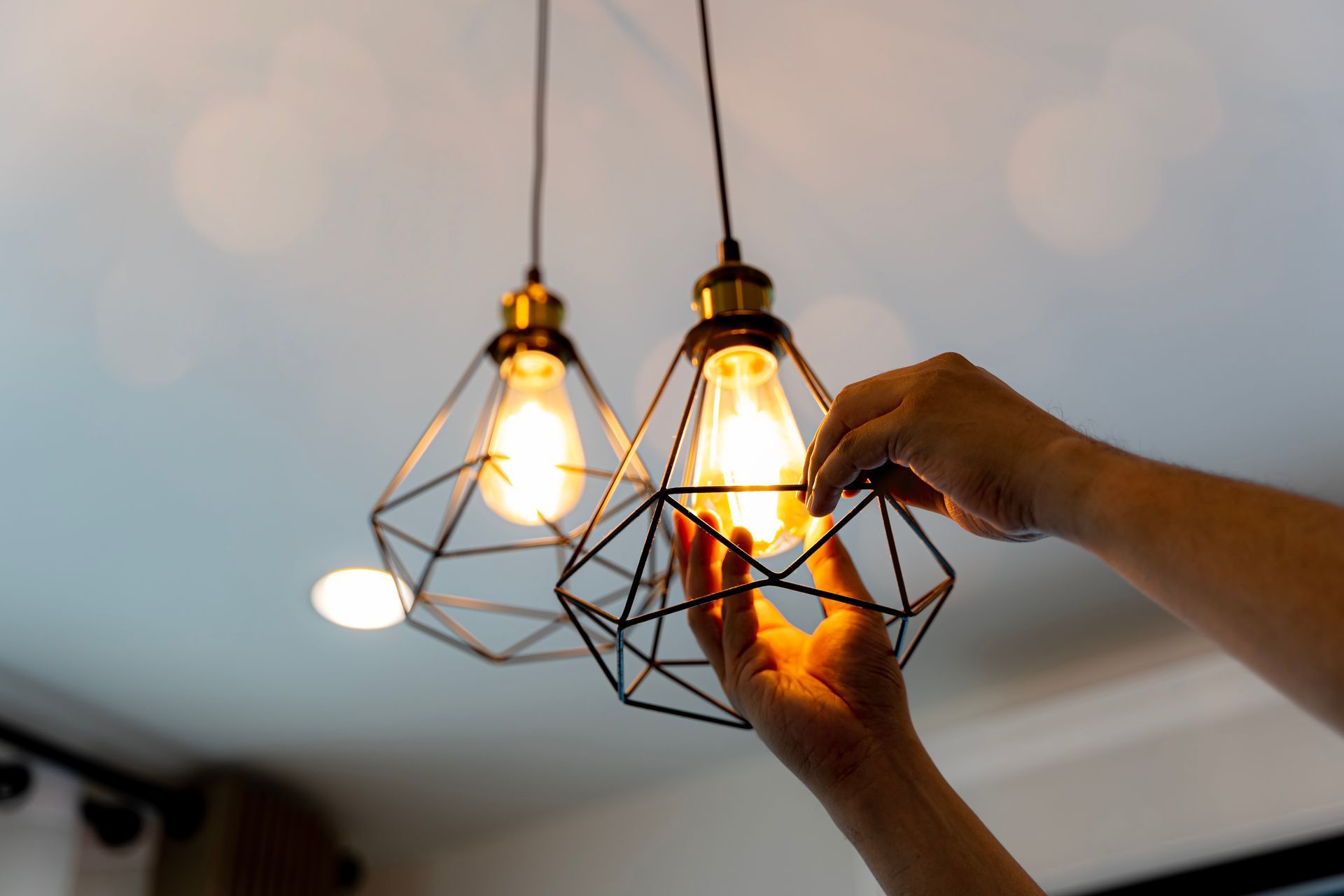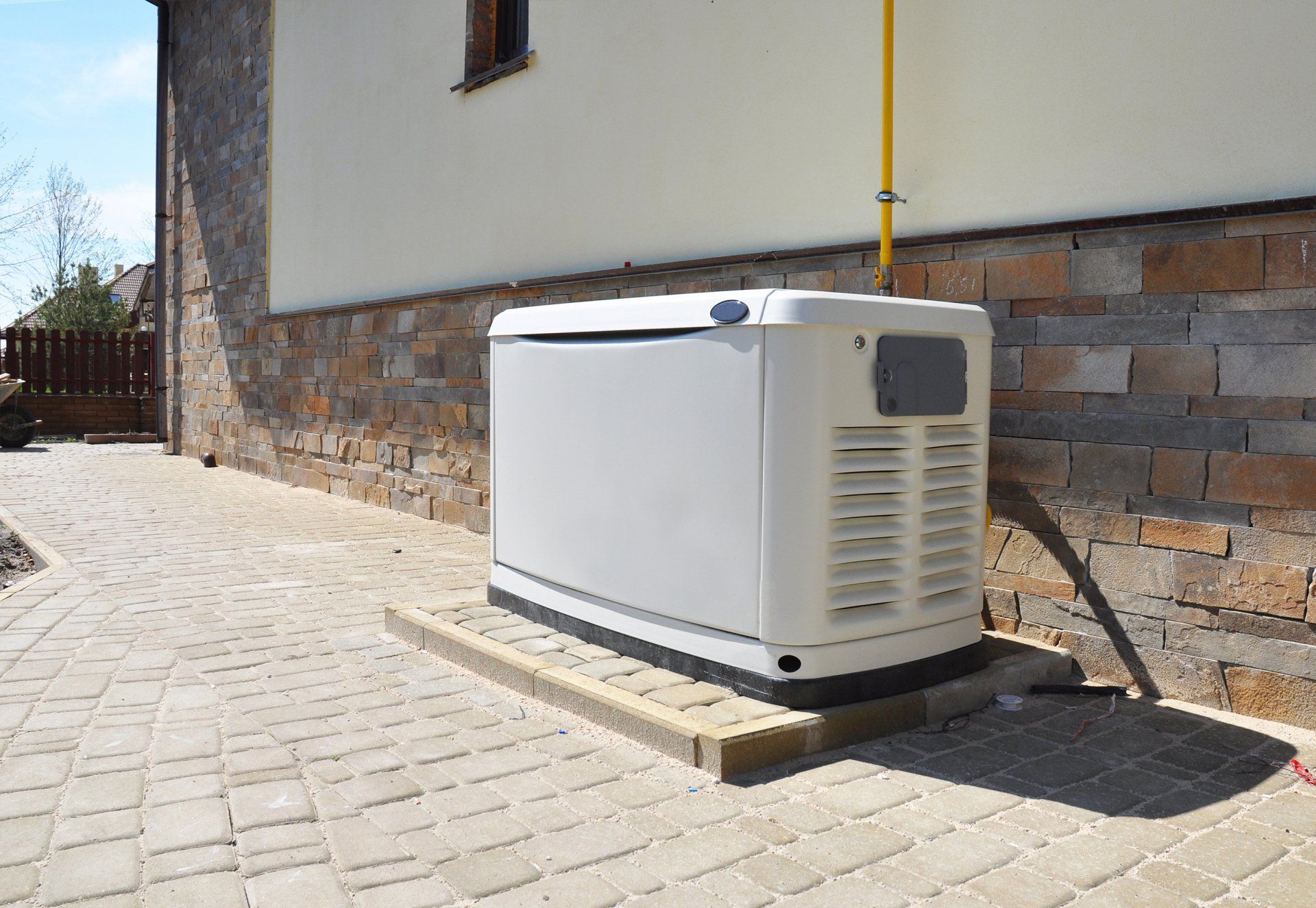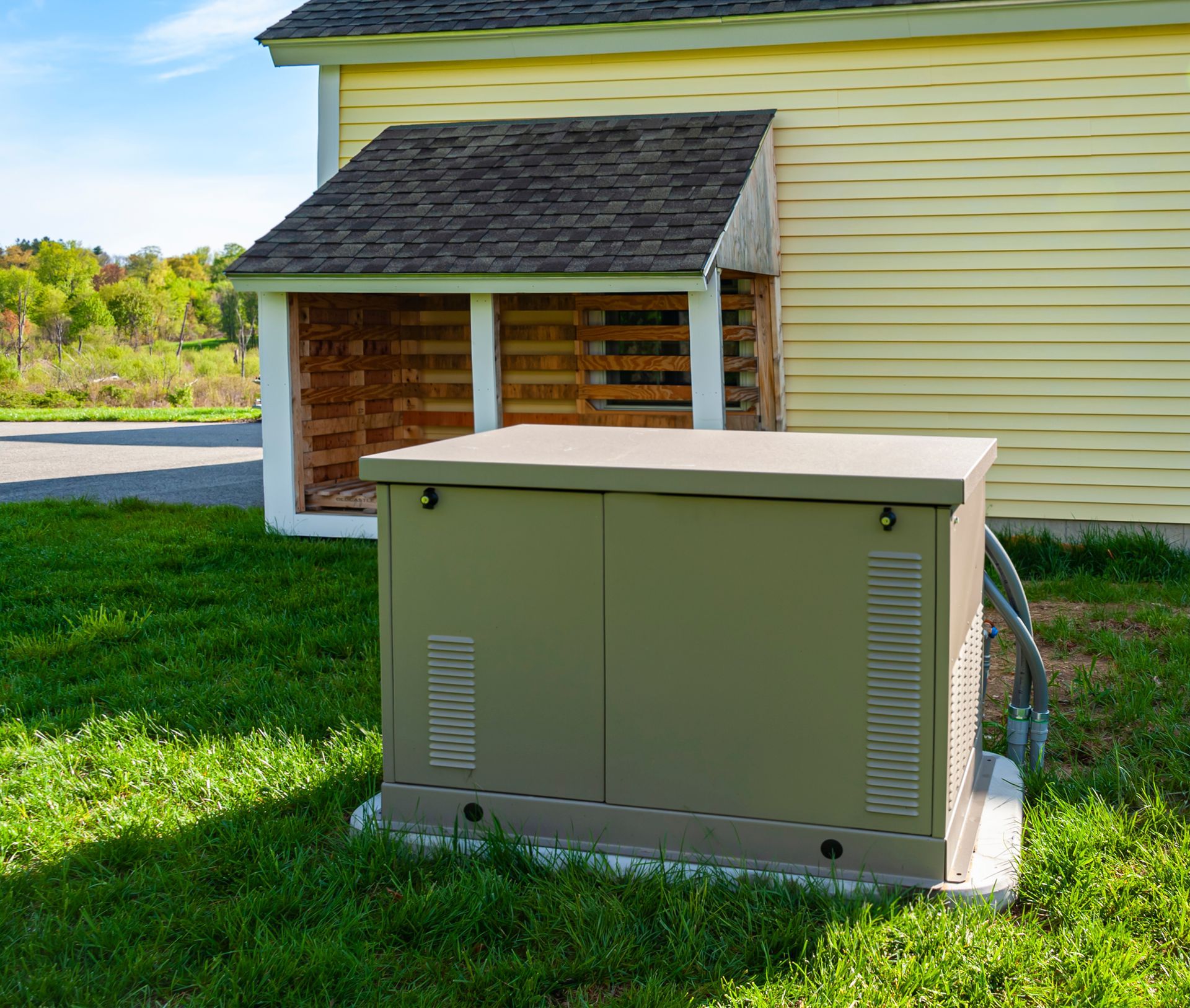How to Deal With Exposed Wires at Home | When Are They Dangerous
How to Deal With Exposed Electrical Wires at Home
Electric wirings are crucial parts of every home. Although it is not a fun topic for many, knowing how it works and which wires to watch out for is essential for every homeowner.
Electric shock due to exposed wires is one of the worst nightmares that could happen to you or your loved ones, and you would not want that to occur. Let this article help you determine which electric cables to avoid and how you would know if they are dangerous or not.
The Basic Rule
There is only one important rule to remember when dealing with electric wiring inside the house. Treat every wire you see as hazardous. Whether they are live wires or not, it is best to stay away from them as much as possible.
However, as the homeowner, some circumstances would lead you to deal with exposed wires around the house. It could be due to wear and tear or pests biting through them. Before you reach these wires, you need to know if they are safe to touch or not.
Here is the basic thing you must take note of about home electrical work:
The Grounding Wire
The grounding wire is an electrical wire that connects your appliance or electrical device to the electrical panels. As its name suggests, it extends into the ground underneath your home.
Its primary purpose is to serve as the passage and storage of excess electricity. That way, it would not turn into an electric shock or a fire. Most of the time, they do not contain electric current, but they have the most exposed wires and connections in one’s home.
You would usually see its extension on the exterior of your home through the grounding rods. These rods are safe to touch. That is unless there is an electrical surge that would trigger the flow of electricity in them.
How to Know If the Electrical Wire Is Hazardous
There is one safe way to know if an electric wire is harmless: using a voltage tester. This tool can help you determine if the outlet or wire has an active current flowing through it. The voltage tester is designed to have a built-in sensor at its tip. When this tip glows, and the unit makes a sound, that means a voltage is present in the conductor, outlet, or supply cord.
The information you get would depend on the type of voltage tester you obtain. The cheaper ones would only tell you if there is a presence of electricity in the source, while the more expensive ones could tell you the detected level of electric current. Here are the different types of voltage testers available that you can get:
- Non-Contact Voltage Meter
If you need to invest in one, a non-contact voltage meter would be an excellent choice to have at home. It is the most accessible type of voltage tester to use and the safest one to keep.
It detects the voltage through non-contact methods, which means there is no need for the meter to touch the wire or the surface you want to test. It works through the principle of Capacitive Coupling.
- Standard Voltmeter
If you want a more accurate reading, using the standard voltmeter would be the better option. This tool would require you to use its negative and positive wires and connect them with the cables or outlet you plan to test.
The electricity present in these items would make its way to your meter, giving you a more specific reading. For safe results, have at least any of the two in your home, so you have a sure way to check if urgent matters arise.
Conclusion
As mentioned above, treat every wire you see as a dangerous wire. Should you notice any exposed wires, make sure not to touch them. Turn off your electrical circuit to stop any running electricity and call your trusted local electrician. Have them checked and fixed as soon as possible but never do the fixing on your own. Touching the wrong live wire can take someone’s life, so leave that job to the licensed electricians.
If you need
electrical work done in your Belchertown residence, contact B Town Electric. We are a full-service electrical contractor that is OSHA 10 certified and well-rounded in the services we offer and industries we work for. Call us at (413) 213-0770 to get a free estimate now.
Questions? Contact our main office
Schedule a Free Quote. Submit a free quote request online
